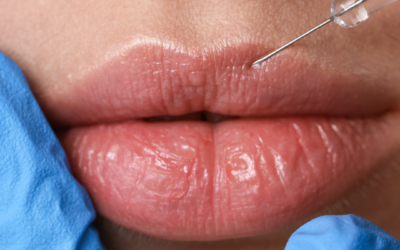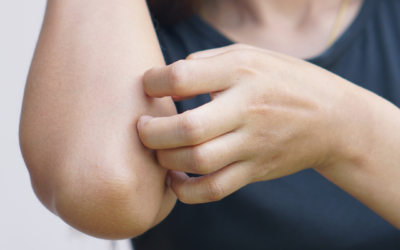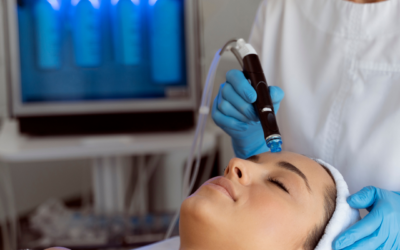
Don’t let skin issues put a halt on your summer fun. Dr. Todd Rickett, board-certified dermatologist with Forefront Dermatology, lists the top five most common summer skin problems and tips on how to prevent them.
- Acne Breakouts
When the summer heat has you sweating up a storm it can combine with the bacteria and oils on your skin leading to clogged pores. “If playing sports, I suggest always having a towel nearby that you can soak the sweat up with. It’s also important to remove sweaty clothes immediately after you are done with your activity and wash them before wearing them again,” stated Dr. Rickett.
- Folliculitis
Folliculitis doesn’t occur for everyone, but if you have sensitive skin you are more prone to this condition. When you get folliculitis, a hair follicle on your body becomes infected and turns into what looks like a pimple. “Folliculitis often occurs when you are wearing tight fitting clothing and sweating because of it,” commented Dr. Rickett. “It can often be seen on the legs when you wear tall socks. The sweating and rubbing can lead to bacteria getting into the hair follicles. Sticking to light-weight, loose-fitting clothing when it’s hot and humid is the best preventative measure.”
- Plant Rashes
Many rashes are highly preventable if you know what plants to look for. Common plants to avoid include poison ivy, oak and sumac. “Classic signs of these rashes may include swelling, redness, itching, and painful blisters,” commented Dr. Rickett. “Most can be treated with over-the-counter hydrocortisone and antihistamines, but if it gets worse as time goes on it’s best to see your dermatologist.”
- Sunburn
What many do not realize is that research has shown that getting just one severe sunburn once every two years, can triple your risk of developing melanoma, one of the worst forms of skin cancer. Start by preventing sunburns by applying sunscreen before going into the sun. When choosing a sunscreen, look for one with SPF 30 or higher. Sunscreens labeled as “broad-spectrum” will protect against both ultraviolet A and ultraviolet B radiation, meaning they can reduce your exposure to the types of light that cause sunburns, skin cancers, and aging or wrinkles. “The best sunscreen is the one you will use, so do not be afraid to try different brands or types of sunscreen to find a product you’re willing to use regularly,” recommended Dr. Rickett. You should apply a good coat of sunscreen 30 minutes before going outdoors, and sunscreen should be reapplied around every 2 hours for maximum protection. Water will wash sunscreen off, so it’s a good idea to reapply your sunscreen every 40 or 80 minutes if you’re sweating or swimming.
Dr. Rickett suggests, “If you end up with a sunburn, you can soothe your skin by using cool compresses or a moisturizer that contains aloe vera. Keeping the area moisturized will help with the healing process.”
- Swimmer’s Itch
Swimmer’s itch is another common rash that appears after swimming in natural bodies of water including lakes and ponds. Parasites in the water burrow into your skin and can cause red spots anywhere your swimsuit didn’t cover. Individuals with sensitive skin may develop hives and blisters in addition to the red spots. “With swimmer’s itch you most likely will not need medical attention. It’s best to use an over-the-counter corticosteroid cream and soak in Epsom salts. You can try taking over-the-counter antihistamines to relieve the itch, but they make some people feel tired. Try to avoid scratching because it may lead to infection,” explained Dr. Rickett.
Skin Struggles?
Don’t take skin advice from just anyone. If you are struggling with acne or other skin issues and don’t know where to turn, the skin health experts at Forefront Dermatology are ready to help. To find the Forefront dermatologist nearest you, visit the locations page today.





